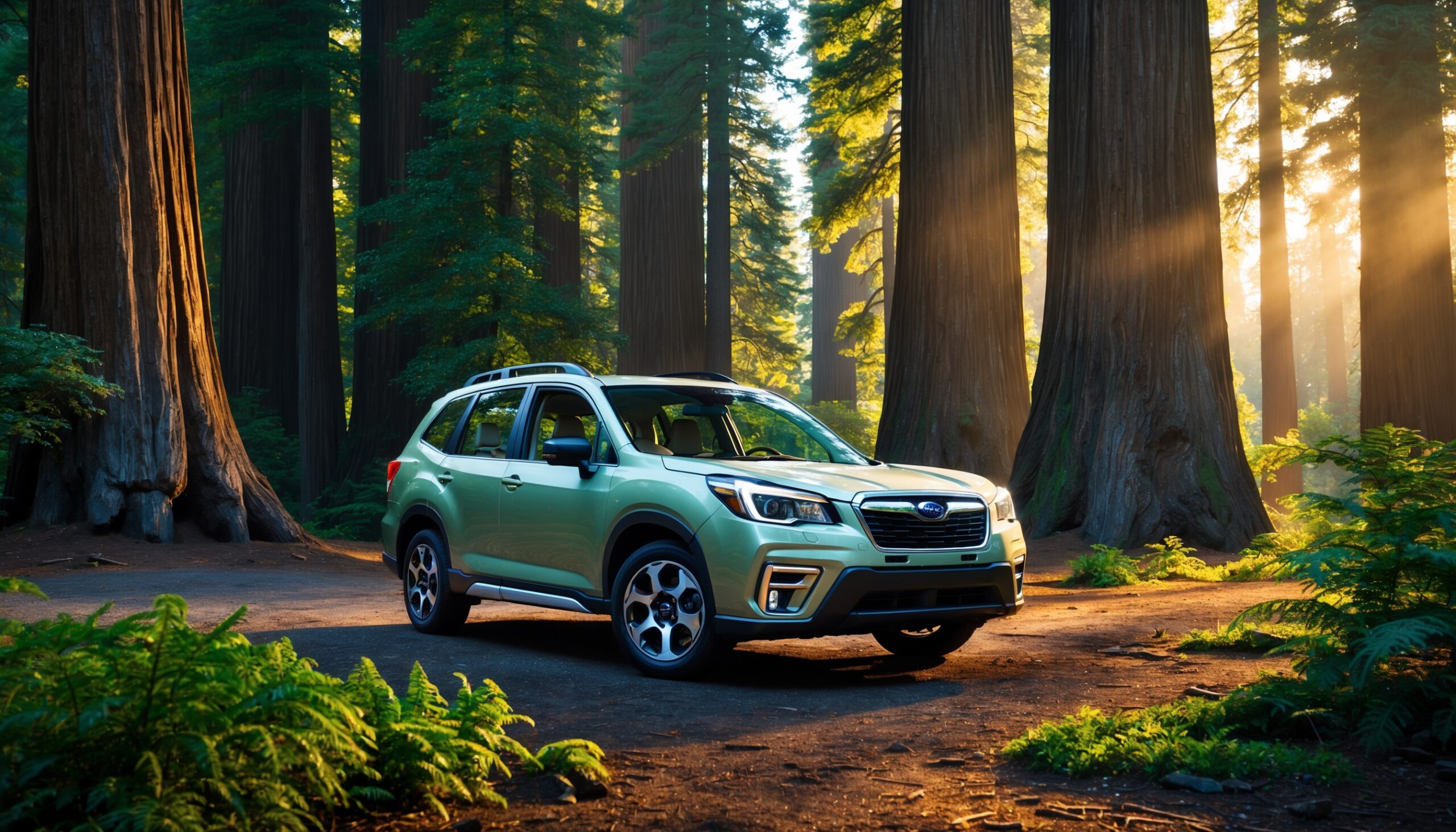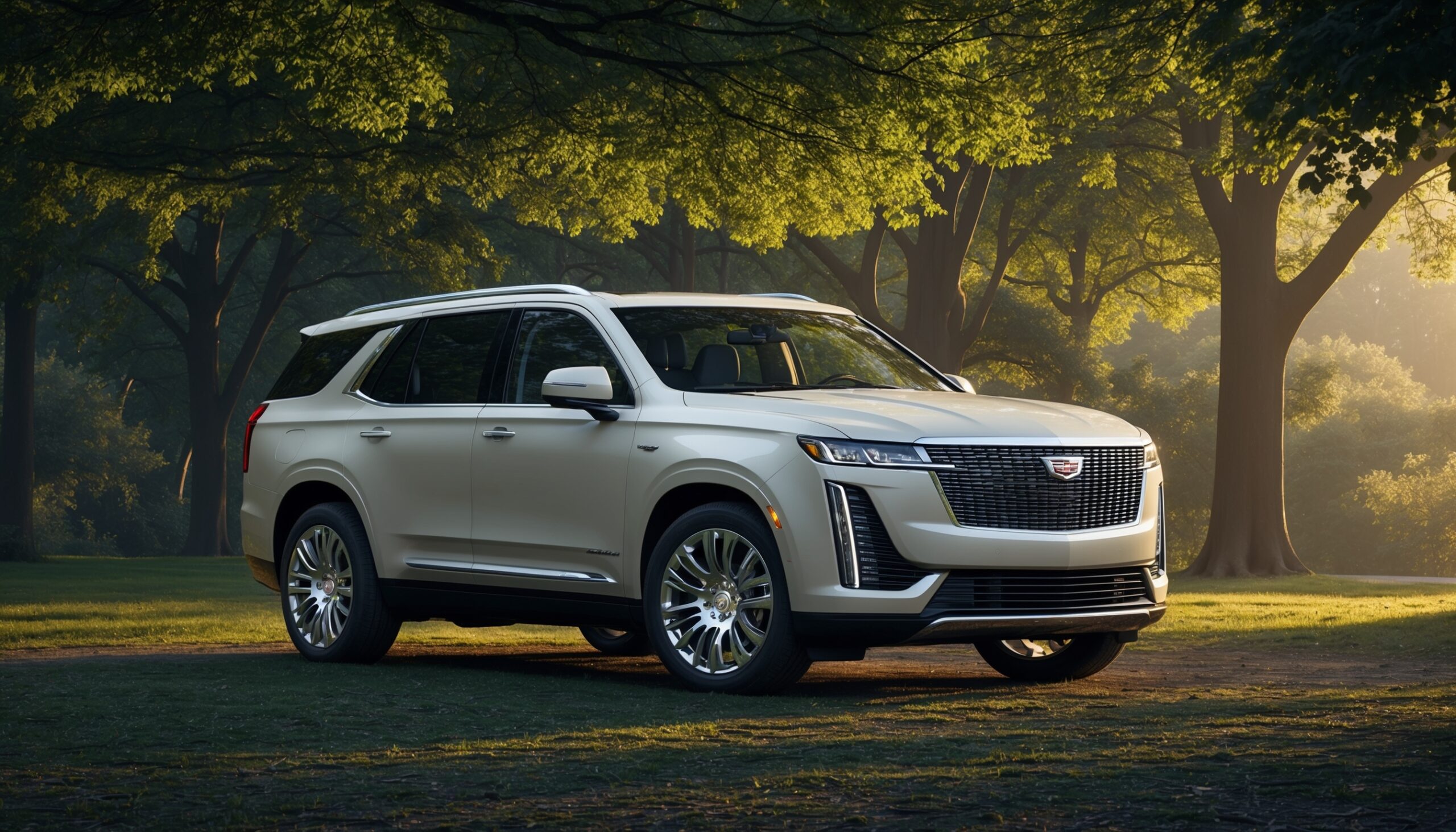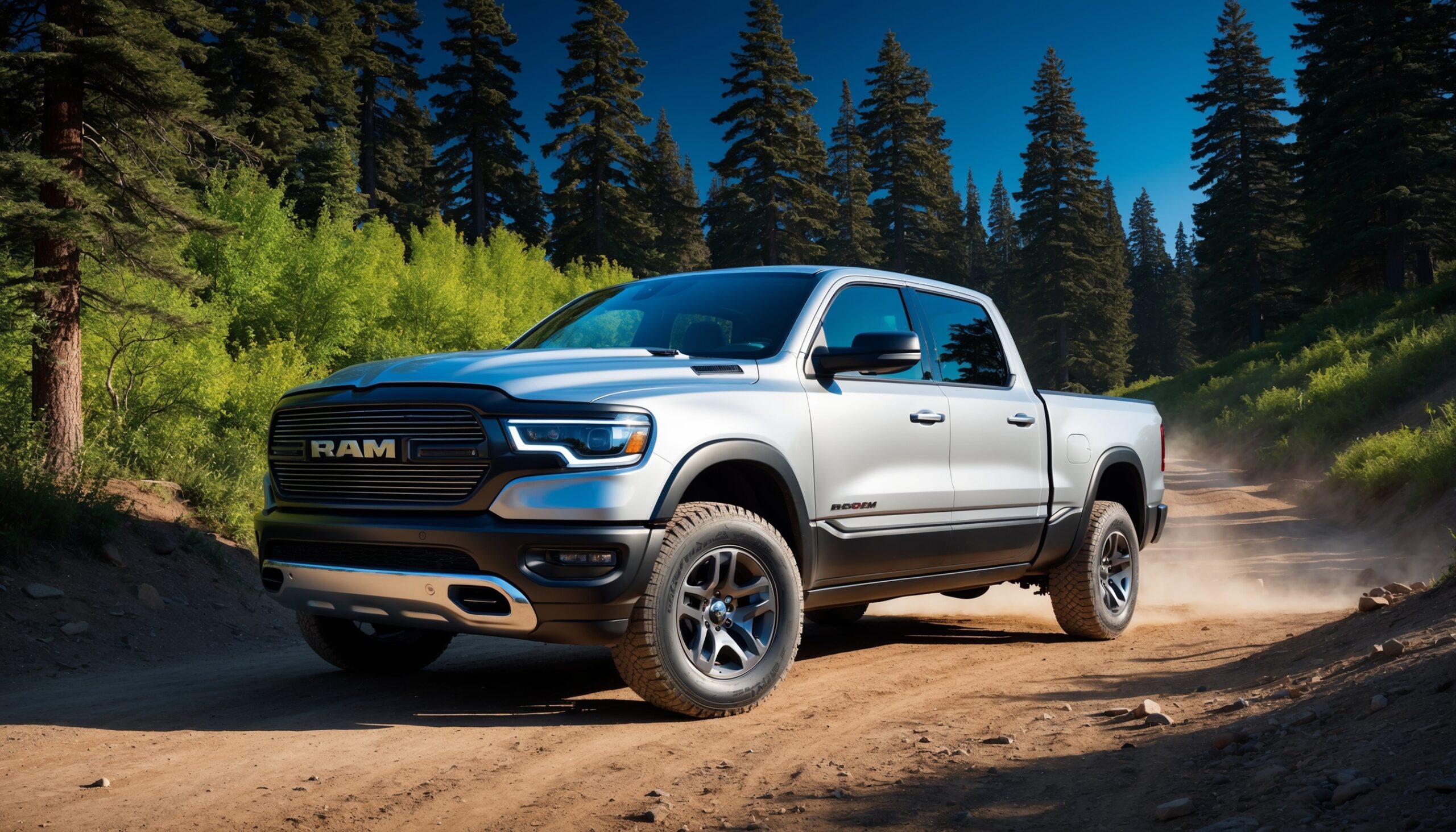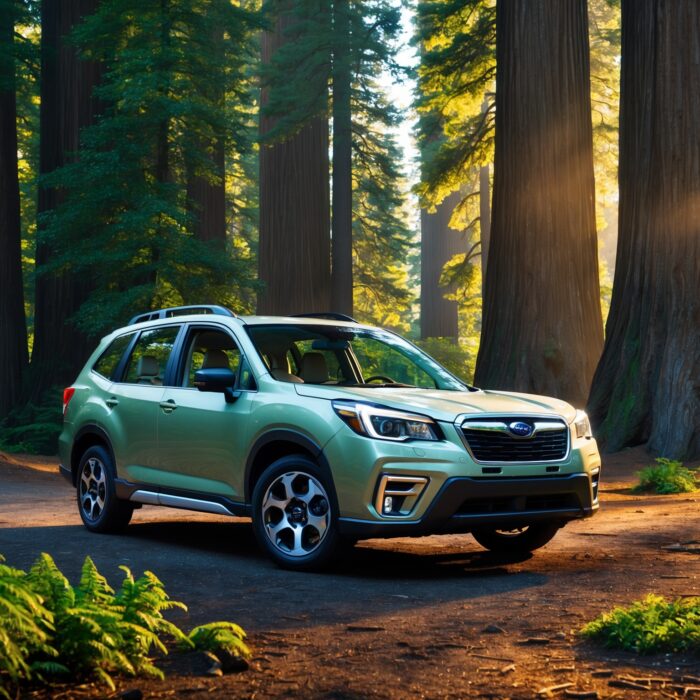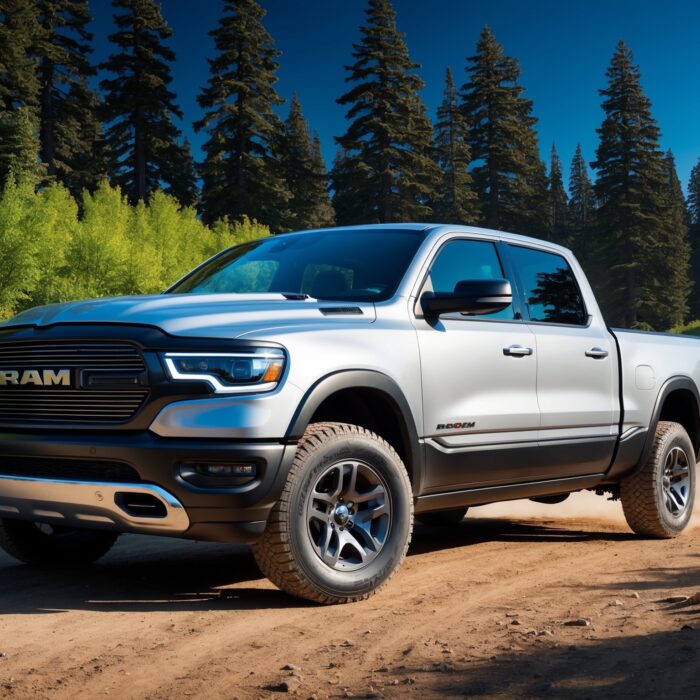Introduction to BMW’s Vision of Urban Driving
As the automotive industry races towards a future dominated by autonomous vehicles, BMW has made a significant leap with the unveiling of its fully autonomous concept car designed specifically for urban environments. This innovative vehicle not only showcases cutting-edge technology but also redefines the way we think about driving in crowded cityscapes. In this article, we will delve into the features, technologies, and implications of this revolutionary concept car.
The Need for Autonomous Vehicles in Urban Areas
Urban driving presents unique challenges that differ greatly from rural or highway driving. With increasing populations and congested roadways, the demand for smart, efficient transport solutions is at an all-time high. Here are some of the key challenges faced in urban driving:
Also Read: Global Chip Shortage Eases, Boosting Vehicle Production in 2025
- Traffic Congestion: Cities are often plagued by traffic jams that can lead to frustration and wasted time.
- Parking Issues: Finding parking in urban neighborhoods can be a daunting task.
- Pedestrian Safety: The interaction between vehicles and pedestrians is critical in urban settings.
- Environmental Concerns: Urban areas contribute significantly to pollution and carbon emissions.
- Accessibility: Ensuring all city residents have access to transportation is essential for urban planning.
BMW’s autonomous concept car aims to tackle these challenges head-on, enhancing the overall urban driving experience while promoting safety and sustainability.
Key Features of BMW’s Autonomous Concept Car
The BMW concept car is packed with features that leverage advanced technology to create a seamless urban driving experience. Here are some of its standout features:
1. Advanced Sensor Suite
At the heart of the vehicle’s autonomous capabilities is an advanced sensor suite that includes:
- Lidar: Essential for creating a 3D map of the vehicle’s surroundings, Lidar helps the car detect obstacles and navigate safely.
- Radar: Radar systems provide information about the speed and distance of nearby objects, crucial for collision avoidance.
- Cameras: High-resolution cameras offer visual data for lane detection, traffic sign recognition, and pedestrian identification.
- Ultrasonic Sensors: These sensors assist in parking and low-speed maneuvers, ensuring precision in tight spaces.
2. Intelligent Navigation System
BMW’s navigation system harnesses real-time data to optimize routes based on:
- Traffic Conditions: It analyzes current traffic patterns to avoid congested areas.
- Weather Data: Adapting routes according to weather conditions ensures safety and efficiency.
- Road Closures: It provides alternative routes in case of unexpected road closures or construction.
3. AI-Powered Decision Making
Utilizing artificial intelligence, the vehicle learns from its environment and improves its decision-making capabilities over time. This includes:
- Predictive Analytics: The system can anticipate the behavior of other road users, such as pedestrians and cyclists.
- Adaptive Learning: As the car collects data from each journey, it becomes better at navigating similar situations in the future.
4. User-Centric Interior Design
The interior of the BMW concept car is designed with the user experience in mind, featuring:
- Flexible Seating Arrangements: Configurable seating allows for a more social or private experience, depending on the passengers’ needs.
- Interactive Displays: Touchscreens and voice commands provide easy access to navigation, entertainment, and communication.
- Ambient Lighting: Customizable lighting enhances mood and comfort during the ride.
The Technology Behind Autonomous Driving
Understanding the technology that powers BMW’s autonomous vehicle is crucial for grasping its potential impact on urban mobility. This section breaks down the key technological components:
1. Machine Learning Algorithms
Machine learning plays a pivotal role in the autonomous driving experience. It enables the vehicle to:
- Recognize Patterns: By analyzing large datasets, the car learns to identify and predict various driving scenarios.
- Improve Over Time: The more data the vehicle collects, the better it becomes at making safe driving decisions.
2. Communication Systems
Vehicle-to-Everything (V2X) technology allows the car to communicate with:
- Other Vehicles: Sharing information about speed, direction, and potential hazards helps prevent accidents.
- Infrastructure: Interaction with traffic lights and road signs can optimize driving routes and reduce wait times.
- Pedestrians: The car can send alerts to nearby pedestrians, enhancing safety for everyone.
3. Cybersecurity Measures
With the rise of connected vehicles, cybersecurity is paramount. BMW employs multiple layers of security to protect:
Also Read: Global Chip Shortage Eases, Boosting Vehicle Production in 2025

- Data Privacy: Ensuring that user data is securely protected from unauthorized access.
- System Integrity: Safeguarding the vehicle’s systems against hacking attempts that could compromise safety.
Impact on Urban Mobility
The introduction of fully autonomous vehicles like BMW’s concept car holds the potential to transform urban mobility significantly. Here are some of the anticipated benefits:
1. Reduced Traffic Congestion
With autonomous vehicles communicating with one another and learning optimal routes, we can expect a decrease in traffic congestion. This can lead to:
- Improved Travel Times: Quicker commutes can enhance productivity and reduce stress for urban dwellers.
- Less Fuel Consumption: Efficient driving patterns can lead to lower fuel usage and emissions.
2. Enhanced Safety
One of the most significant promises of autonomous driving is improved safety on the roads. By eliminating human error, which is responsible for a large percentage of accidents, we can expect:
- Fewer Collisions: Advanced sensors and AI-driven decision-making can react faster than human drivers.
- Increased Pedestrian Safety: Enhanced awareness of surroundings will help protect vulnerable road users.
3. Environmental Benefits
With a focus on efficiency, autonomous vehicles can contribute to a cleaner environment. Benefits may include:
- Reduced Emissions: Smart driving habits can lead to lower greenhouse gas emissions.
- Less Urban Noise: Electric autonomous vehicles can operate more quietly than traditional combustion engines.
4. Greater Accessibility
Autonomous vehicles have the potential to provide greater mobility options for those who are unable to drive, including:
- Seniors: Older adults can maintain independence without relying on public transport or others for rides.
- Disabled Individuals: Autonomous vehicles can be equipped with features to cater to the needs of those with disabilities.
Challenges Ahead for Autonomous Driving
Despite the exciting prospects of autonomous vehicles, several challenges remain before they become a common sight on our roads:
1. Regulatory Hurdles
Governments are still developing the legal frameworks necessary to allow fully autonomous vehicles on public roads. Key issues include:
- Liability: Determining who is liable in the event of an accident involving an autonomous vehicle.
- Insurance Models: Adapting insurance policies to account for autonomous technology.
2. Public Acceptance
There is a significant amount of skepticism surrounding autonomous vehicles. Gaining public trust will require:
- Education: Informing the public about the safety benefits and technology behind autonomous driving.
- Demonstrations: Real-world testing and demonstrations can help alleviate fears and build confidence.
3. Technological Limitations
While the technology is advancing rapidly, there are still limitations to overcome, such as:
- Adverse Weather: Rain, snow, and fog can impair sensor functionality and hinder navigation.
- Complex Urban Environments: Navigating crowded and unpredictable urban landscapes remains a challenge.
The Future of Urban Mobility with BMW
As we look toward the future, BMW’s fully autonomous concept car represents a significant milestone in the evolution of urban mobility. With its advanced features and potential to transform the driving experience, it is evident that BMW is committed to leading the charge in the autonomous vehicle market.
At Torque Feed, we are excited to follow the developments of such cutting-edge technology and its implications for car enthusiasts and everyday drivers alike. As cities continue to grow and evolve, the integration of autonomous vehicles will play a crucial role in shaping the future of transportation.
Conclusion
In conclusion, BMW’s fully autonomous concept car for urban driving is more than just a glimpse into the future; it is a testament to the potential of technology to reshape our daily lives. By addressing the challenges of urban driving with innovative solutions, BMW is paving the way for a safer, more efficient, and accessible transportation system. Whether you are a car lover, an automotive hobbyist, or simply someone interested in the future of mobility, the evolution of autonomous vehicles is something to watch closely.



